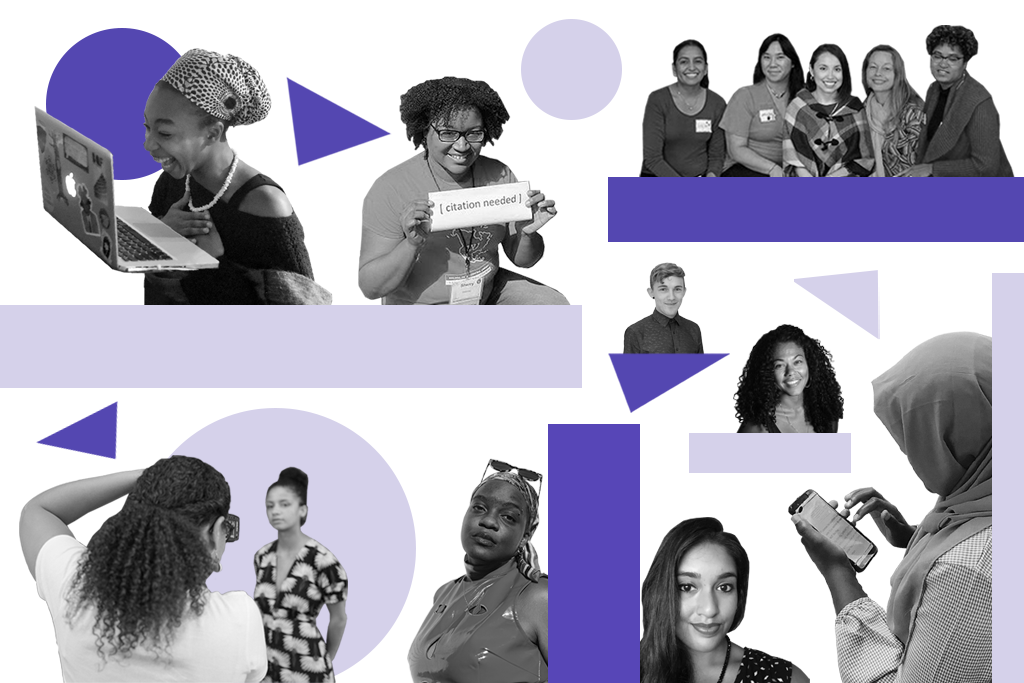Facts about the gender gap and how you can help close it
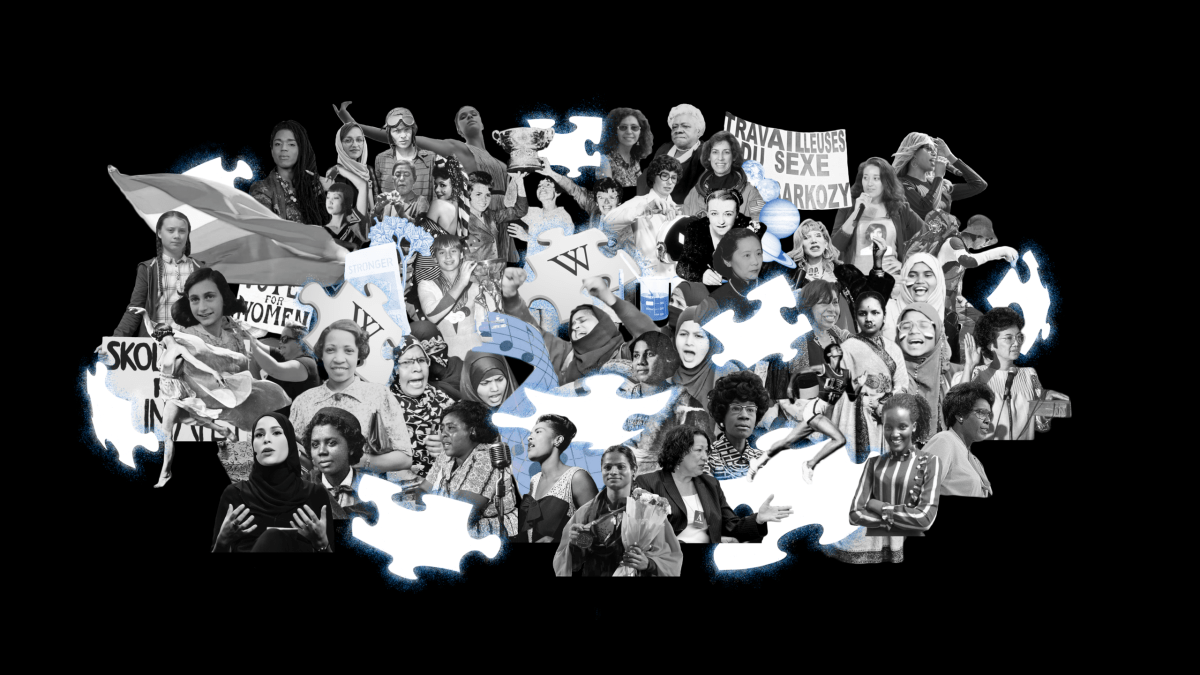
Through Project Rewrite, we are calling attention to gender bias across the information landscape, highlighting efforts underway to close gaps, and inviting everyone to get involved.
As the world’s largest source of free knowledge, Wikipedia strives to represent the full, rich diversity of all humanity. Sadly, we know that we are far from reaching this goal, especially when it comes to the representation and participation of women — cis, transgender, and non-binary — on Wikipedia. This problem is often called the “gender gap.”
For as long as written history, women — especially Black, Indigenous, and women of color — have been left out of the record. As of January 2025, only 18.9% of the content in all Wikimedia projects, including biographies on Wikipedia, are of women. Further, as of 2020, only 15% of Wikimedia contributors are women. But there is good news! In recent years, a growing number of people and initiatives have been working to close the gender gap on Wikipedia.
About Project Rewrite
Wikipedia is powered by humans, so it is vulnerable to human biases. It is also a reflection of the structural and historical inequalities women experience around the world. For example, Wikipedia depends on the availability of existing published sources to verify the facts in its articles. But in many places around the world, women have been left out of historical narratives and traditional sources of knowledge – an issue that many institutions and publications today are trying to address. As our societies begin to uncover and acknowledge the critical contributions of women past and present, so too must Wikipedia and other Wikimedia projects.
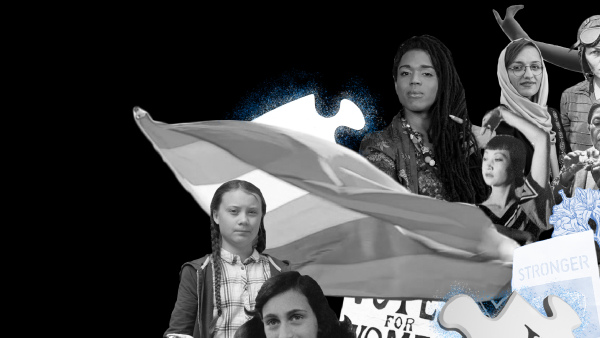
We also know that articles are more comprehensive and neutral when a diverse range of people can contribute to them. Historically, more men than women have edited Wikipedia, which has affected the kind of information that is covered on Wikipedia and how that information is presented.
This is where Project Rewrite comes in. Part of our Open the Knowledge initiative, Project Rewrite calls out the persistent gaps in content by and about women on Wikipedia and calls on everyone to help close them.
There are several efforts underway to join and support — from campaigns to add missing articles about women to Wikipedia, to training events for new volunteers, and more. Want to get involved? Use the Project Rewrite Checklist to get started.
Project Rewrite checklist
You can help to close the gender gap on Wikipedia and beyond! Looking for a place to start? Explore the Project Rewrite Checklist for ten ways to get involved. Every action counts.
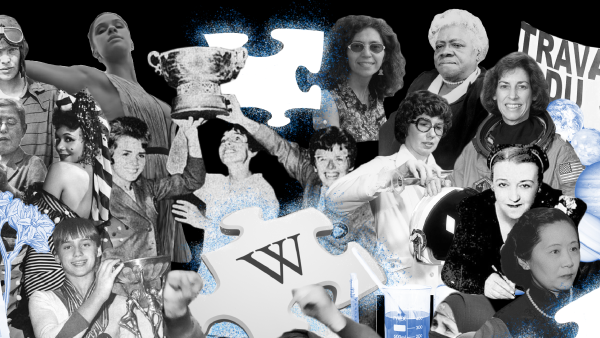
- Get the facts: Did you know that as of January 2025 only 18.9% of the content in all Wikimedia projects, including biographies on Wikipedia, are about women? We believe one of the first steps in solving the gender gap is through understanding the problem. See the latest research and stats.
- Read inspiring stories: Get to know the contributors, creators, and communities whose work is helping the world learn about notable people and topics who are often overlooked on Wikipedia and beyond.
- Listen to a podcast: What causes the gender gap on Wikipedia in the first place? Tune into the “dot com” podcast to learn about some of the biggest challenges and hear from volunteers working to fix them.
- Watch a panel discussion: While the gender gap problem exists on Wikipedia, the solution requires changes outside of it. Leaders in academia, journalism, and the nonprofit sector discuss how we can work together for change.
- Create a Wikipedia account: You did your reading and you are ready to take action. So what’s next? Start by creating your Wikipedia account. To prepare for your first edit, review a guide from Art+Feminism, a non-profit focused on closing information gaps related to gender, feminism, and the arts on Wikipedia.
- Start small: Small changes can have big impacts. Many Wikipedia articles about women need small improvements, such as more information or sources. Get started by updating articles on this list from Women in Red, a project to reduce systemic bias in the Wikimedia movement.
- Tag images: Looking for something to do while taking a quick break? Take just a few seconds to go through images of women’s suffrage activists and write descriptions, captions, and tags related to what you see to increase search engine capabilities. The tool was created by Wiki in Africa to improve visual representation on the media repository Wikimedia Commons.
- Upload a photo: Photos are critical in shaping the story about women and their work on Wikipedia. Do you or your institution have freely-licensed photos of notable women? Upload them to Wikimedia Commons through the #VisibleWikiWomen campaign to add the face to the name on Wikipedia.
- Find an event: Maybe you are looking to join a community or expand your skills in editing. Whatever your goal, several events happening in March and the rest of the year welcome, guide, and support new editors.
- Join a campaign: Keep up the momentum all year long!
Gender equity user and community groups
Join the groups at the forefront of improving gender equity within the Wikimedia movement and projects.
- Art+Feminism: A non-profit organization that leads an international campaign to improve coverage of cis, trans women, gender, and the arts on Wikipedia through organizing in-person training and editing events.
- Les sans pagEs: Le projet les sans pagEs est né du besoin de combler le fossé et le biais de genre sur Wikipédia. Nous créons et améliorons des articles Wikipédia portant sur des femmes, sur les féminismes, le biais de genre ou d’autres sujets sous-représentés.
- Whose Knowledge?: A global campaign partnering with individuals, communities, movements, user groups, and other organizations worldwide to create, collect, and curate knowledge from and with marginalized communities, particularly women, people of color, LGBTQI communities, indigenous peoples, and others from the global South.
- WikiGap: Wikimedia Sverige and the Swedish Ministry of Foreign Affairs help to organize several Wikipedia edit-a-thons around the world in partnership between Swedish embassies and local Wikimedia affiliates and volunteers. #WikiGap invites broad and diverse participation and allows for local adaptations to the overall theme of closing the gender gap and other gaps relevant for diversity on Wikipedia.
- Women Do News: A nonprofit organization and community group dedicated to elevating the voices and profiles of women journalists online.
- Women in Red: A WikiProject and community whose objective is to increase the representation of women on Wikipedia. The project focuses on the content gender gap and welcomes editors of all genders to participate. The scope includes women’s biographies (real and fictional women), women’s works (e.g. their paintings, books, etc.), and women’s issues (e.g. health, activism, etc.).
Join a campaign
There are dozens of campaigns, contests, and groups you can join to make a difference. Whether it is by adding missing references, uploading photographs, or creating new biographies on overlooked women, you can impact the information people around the world use on a daily basis.
- #1day1woman: An initiative established by Women in Red in 2017 to encourage new and experienced editors to create or improve an article about a woman each day. You can find a list of women they suggest as well as a ten-step guide on how to edit on their page.
- Editatona: Una iniciativa internacional que busca abatir la brecha de género existente en Wikipedia y los proyectos Wikimedia. Nacida en México y extendida internacionalmente desde 2015, es un modelo integral que busca, además de su misión original, el empoderamiento femenino a través de la tecnología.
- Feminism and Folklore: An international writing contest organized annually in the month of February and March to document folk cultures and women in folklore in different regions of the world on Wikipedia.
- #VisibleWikiWomen: More often than not, women’s biographies don’t have images. Whose Knowledge estimates that less than 20% of Wikipedia articles of important women have pictures. Help upload quality images of women with #VisibleWikiWomen.
- WikiGap: Wikimedia Sverige initially created WikiGap to help close the gender gap on Wikipedia. They now invite broad and diverse participation and allow for local adaptations to their edit-a-thon, learn how to join, and host your own WikiGap event on their website.
- Wiki Loves Women: Wiki Loves Women focuses on bridging two significant gaps on Wikimedia projects – women and Africa – both in terms of content about these subjects and in terms of participation by people from these groups.
Attend an event
A series of in-person and virtual events are taking place throughout Women’s History Month in March and year-round to teach newcomers and encourage long-time editors alike to add and improve content about women and their work. Many events include training on how to edit and guidance on which articles to start editing. Interested in attending an event? You can find a list of gender equity events taking place throughout the year on Meta-Wiki.
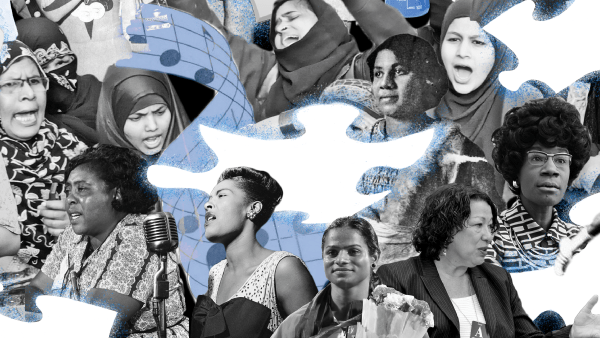
Get the facts
You can help to close the gender gap on Wikipedia and beyond! Looking for a place to start? Explore the Project Rewrite Checklist for ten ways to get involved. Every action counts.
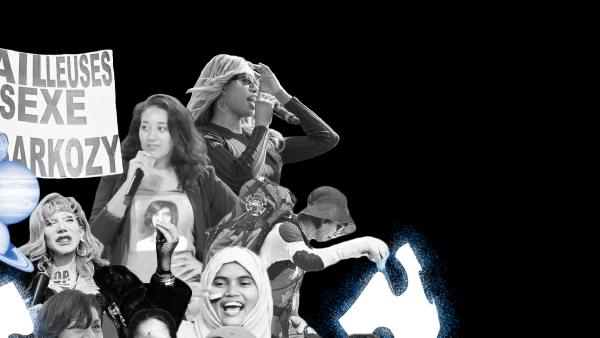
Who is represented on Wikimedia projects?
- As of January 2025, only 18.9% of the content in all Wikimedia projects, including biographies on Wikipedia, are about women. On English Wikipedia specifically, 20% of biographies are about women. (Humaniki, 2022)
- As of 2022, Wikipedia stores more than 6 million biographies about “notable” people. Of these, less than 20% portray women. (Visual Gender Biases in Wikipedia: A Systematic Evaluation across the Ten Most Spoken Languages, 2022)
Who is reading Wikimedia projects?
In 2019, a series of 16 large-scale surveys of more than 65,000 Wikipedia readers across 14 different language editions revealed that, on any given day, men represent approximately two-thirds of Wikipedia readers and generate around 72% of page views. Further, many of the top-read articles on Wikipedia draw almost exclusively readers who are men. (Global gender differences in Wikipedia readership, 2020)
Who is contributing to Wikimedia projects?
- Women are markedly underrepresented among Wikimedia contributors. However, there was a modest increase in women contributors between 2019 (11.5%) and 2020 (15.0%). (Community Insights Report, 2021)
- More men than women have tried to edit Wikipedia at least once. Across surveyed Wikipedia users in six regions in 2019, 27 percent of male respondents had edited Wikipedia at least once, compared to only 21 percent of female respondents. (Women and Wikipedia survey, 2019)
What barriers exist and are experienced on Wikimedia projects?
- Biographies about women who meet Wikipedia’s criteria for inclusion are more frequently considered non-notable and nominated for deletion compared to men’s biographies. (Ms. Categorized: Gender, notability, and inequality on Wikipedia, 2021)
- Even when volunteers are effective in adding biographical content about women to Wikipedia, such content remains more difficult to find due to structural biases. (The Gender Divide in Wikipedia, 2021)
- Women and non-binary contributors have identified systemic bias in policies; lack of awareness and implicit bias within the community; and poor community health as the biggest obstacles to achieving gender equity in the Wikimedia movement. (Gender Equity Report, 2018)
- The guidelines on reliable sources in the English, French, and Spanish language editions of Wikipedia impact contributors and the inclusion of content for marginalized communities. (Unreliable Guidelines: Reliable Sources and Marginalized Communities in French, English and Spanish Wikipedias, June 2021)
How welcoming are Wikimedia projects?
- According to a 2021 survey of people in the US, women largely feel under- or mis-represented on Wikipedia. Only 19% of Black women, 22% of Hispanic women, 22% of Asian American women, and 36% of white women said they felt represented, versus 60% of white men. (Knowledge Equity Survey, 2021)
- Most newcomers feel empowered to contribute to Wikimedia platforms, though some groups — such as those who identify as women, live in Eastern Asia, or who are not fluent in English — find acclimating to these social and technical spaces more difficult. (Community Insights Report, 2020)
We embrace and encourage more research and data around Wikimedia projects, especially as it relates to knowledge equity. You can also learn more about our Knowledge Gaps Index, a project to measure knowledge gaps in the Wikimedia projects.
Open the Knowledge Stories
Launched in February 2023, Open the Knowledge: Stories is a platform that highlights people and projects closing knowledge gaps on Wikimedia sites—and beyond.
Does the content on Wikipedia reflect the world’s diversity?
The Wikimedia movement is working towards closing the knowledge gaps on free knowledge projects and beyond. Want to understand why it matters? This video, which is part of our A Wiki Minute series, will help!

Help us unlock the world’s knowledge.
As a nonprofit, Wikipedia and our related free knowledge projects are powered primarily through donations.
